
Call for caution over asylum dealings with Italy
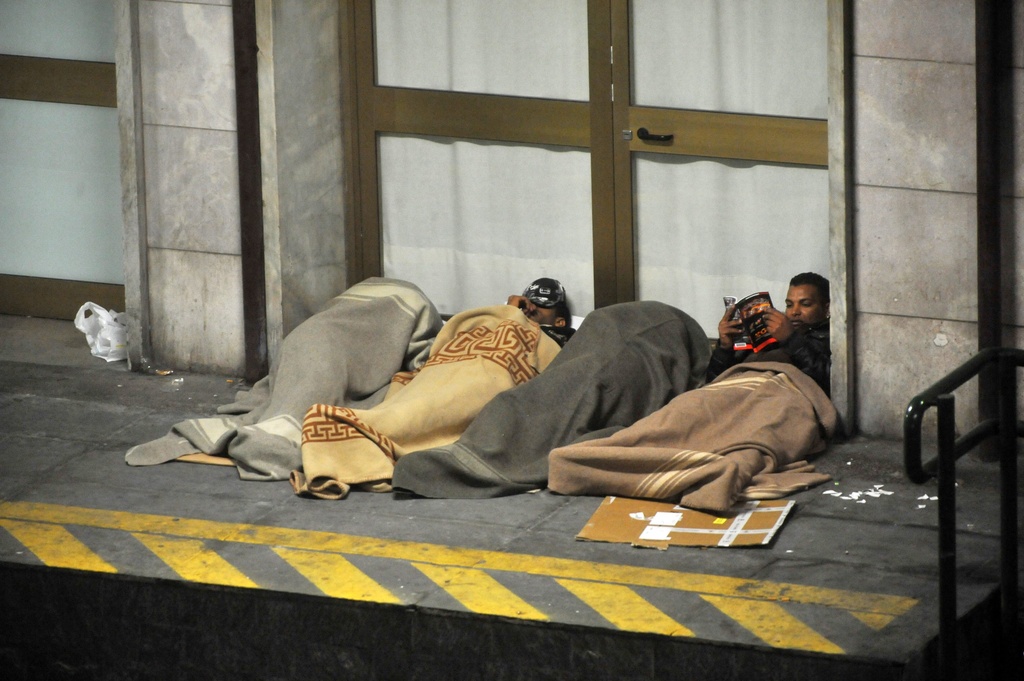
The non-governmental Swiss Refugee Council has called for restraint in sending rejected asylum seekers back to Italy because of concerns over asylum conditions.
Bern insists that Rome, which is dealing with a flood of refugees from North Africa, is keeping to the rules. The Italian Council for Refugees says there needs to be flexibility.
Under the Dublin agreement, which Switzerland joined in 2008, Switzerland can send rejected asylum seekers back to the first European country in which they were registered. This country is then responsible for dealing with cases and repatriation if an applicant is rejected.
Switzerland has sent back about 1,600 people to Dublin countries in the first six months of the year, around 1,000 of them to Italy.
“The Swiss Refugee Council calls on the Swiss authorities to show restraint when sending back vulnerable asylum seekers, families with children and lone women,” said the Refugee Council in a statement this week.
“Also people who have received refugee status or protection status in Italy should no longer be sent back to this country.”
Fact-finding mission
The NGO pointed to the results of a fact-finding mission with Norwegian colleagues which had found “glaring accommodation failings”, with some refugees and asylum seekers reported to be living on the streets.
The organisation is not calling for a total stop in sending people back, explained its head of communications Adrian Hauser. “It’s not about accepting masses of people into Switzerland but a limited number of people who are in real need,” he told swissinfo.ch.
But the Federal Migration Office says the situation in Italy is acceptable. “While it’s true that Italy at the moment has a lot of problems because of the high number of asylum seekers, the conditions are not such that we can’t send people back,” said its head of communications, Joachim Gross.
“Italy respects the rules of the European asylum system and international standards.”
The director of the Italian Council for Refugees, Christopher Hein, said it was important to make distinctions.
“The big gaps [in the system in Italy] are because of a lack of a national aid programme for integration, not because of a lack of respect for basic rights as in Greece or Malta,” he told swissinfo.ch.
Positives and negatives
There are both “pluses and minuses” in the system, said Hein. On the negative side, people do not have access to accommodation before receiving an appointment to formalise their asylum applications, he explained.
He said that biggest problems were faced by people who had received international protection status.
“From this moment on they practically no longer have any right to keep their accommodation place. They receive a residence permit which allows them to work, but this doesn’t mean that they will get work or find somewhere to live immediately.”
On the positive side, Hein says that the percentage of people gaining protection status in Italy is among the highest in Europe and that the asylum procedure gives guarantees not found elsewhere.
“In contrast to Sweden or Germany, for example, Italy has never sent any rejected asylum seeker back to Iraq , Afghanistan or other very volatile countries,” he said.
Solidarity
While he may relativise the Refugee Council’s findings, Hein does agree with its call for caution over sending people back to Italy.
The Swiss NGO says that this would be a sign of solidarity and readiness to share the burden with other Dublin member states.
Hein says there is a humanitarian clause in Dublin, which allows member states to assume responsibility on humanitarian grounds, which can be used flexibly.
For him, flexibility means not just showing solidarity towards other Dublin states but also towards the revolutionary process in Tunisia and Egypt, and sub-Saharan refugees in Libya.
Hauser of the Refugee Council says that while the predicted big wave of refugees from North Africa did not hit Switzerland, some have been using this for political ends. “Now would be the time to remind people of Switzerland’s humanitarian tradition,” he said.
Gross from the Migration Office says that Bern is conducting a “dialogue with Rome to find common solutions to problems of sending people back to Italy, based on the Dublin accord”.
He added that discussions were also being held on “the possibility of supporting Italy due to the enormous influx that it is facing”. But no details have been released. Nor have specific decisions been made, even if Gross admits that the Dublin system “does not work well”.
Swiss voters approved Switzerland signing up to the Schengen and Dublin agreements on cooperation in justice, police, asylum and visas in a national vote on June 5, 2005.
There are currently 27 countries involved in Schengen: all those in the European Union except Romania, Bulgaria and Cyprus, plus three associated countries: Switzerland, Norway and Iceland. All 30 states have joined the Dublin II agreement on asylum.
Under Dublin II, each asylum request is dealt with by only one member state, the aim being to avoid “asylum shopping” in different Dublin-area countries.
The accord fixes the responsibility in terms of asylum requests but does not change countries’ internal asylum law.
(Adpated from Italian by Isobel Leybold-Johnson)

In compliance with the JTI standards
More: SWI swissinfo.ch certified by the Journalism Trust Initiative







































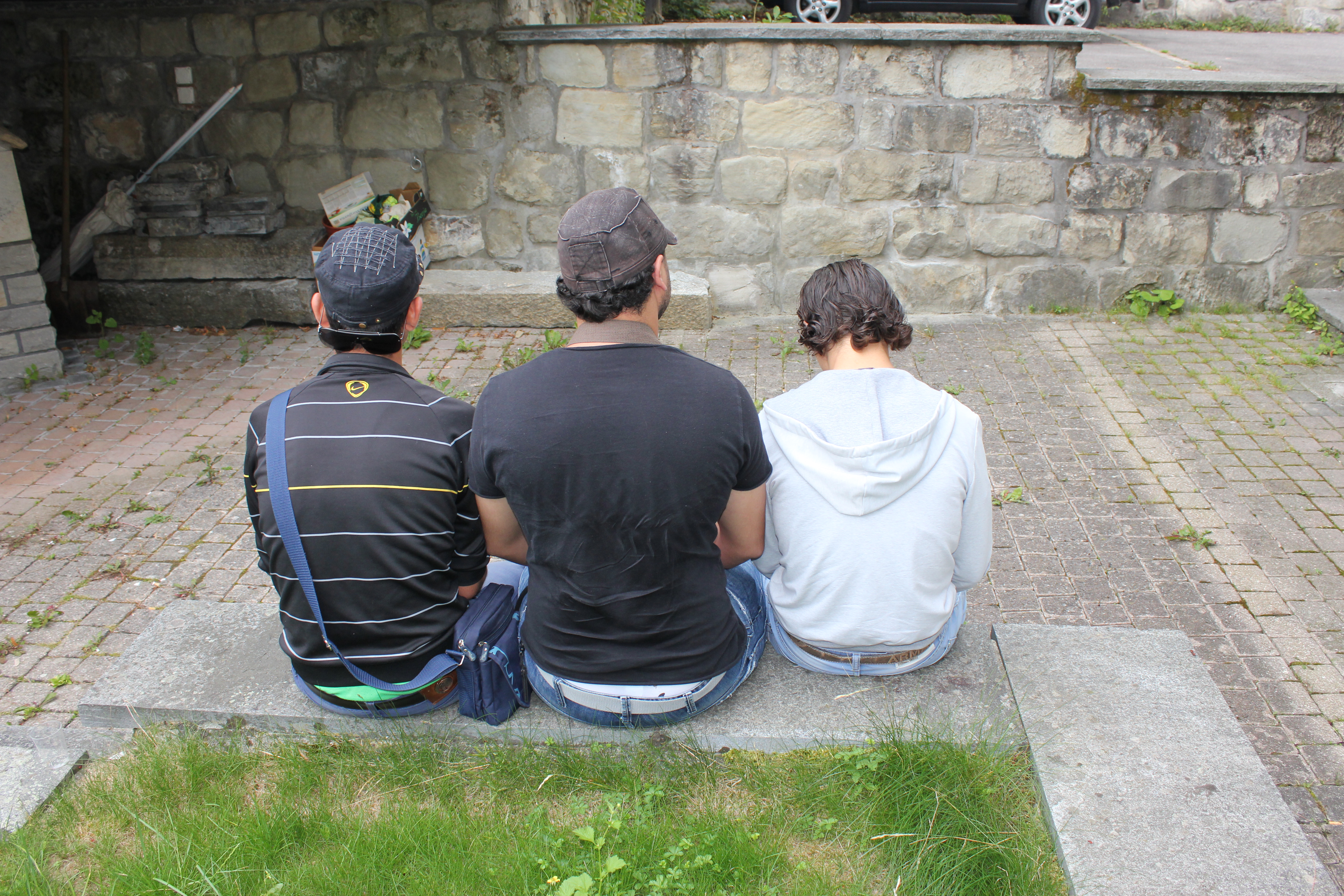
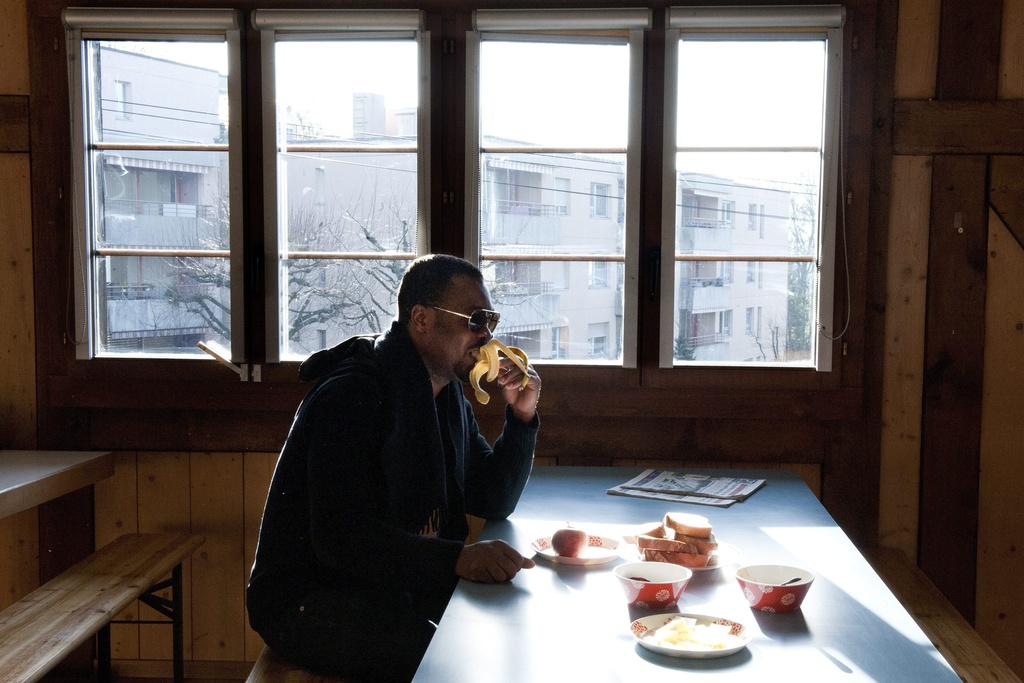
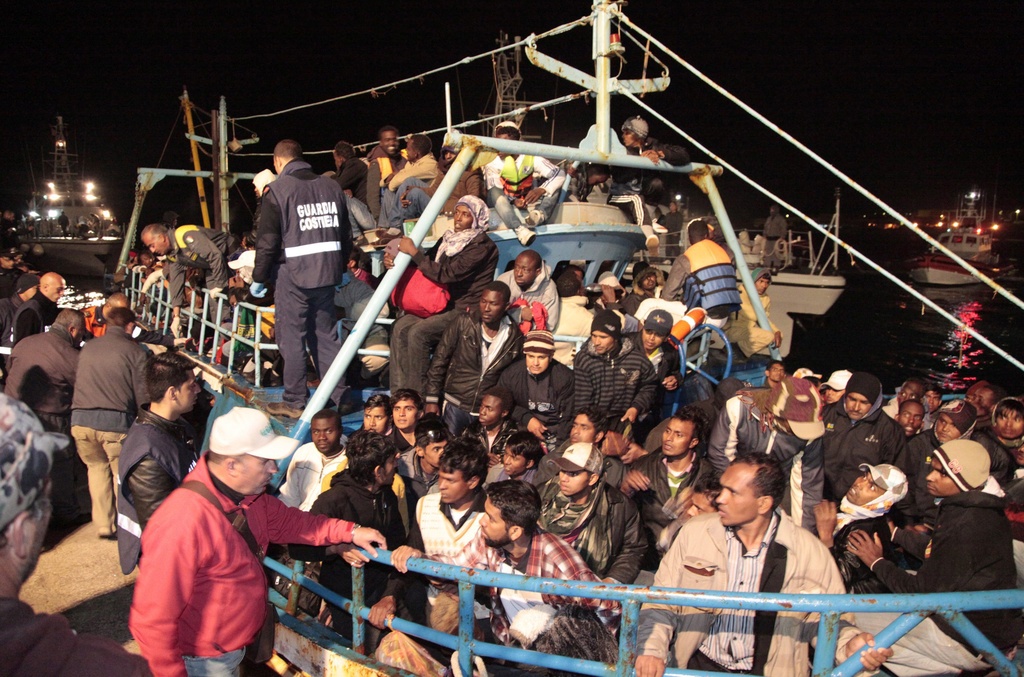

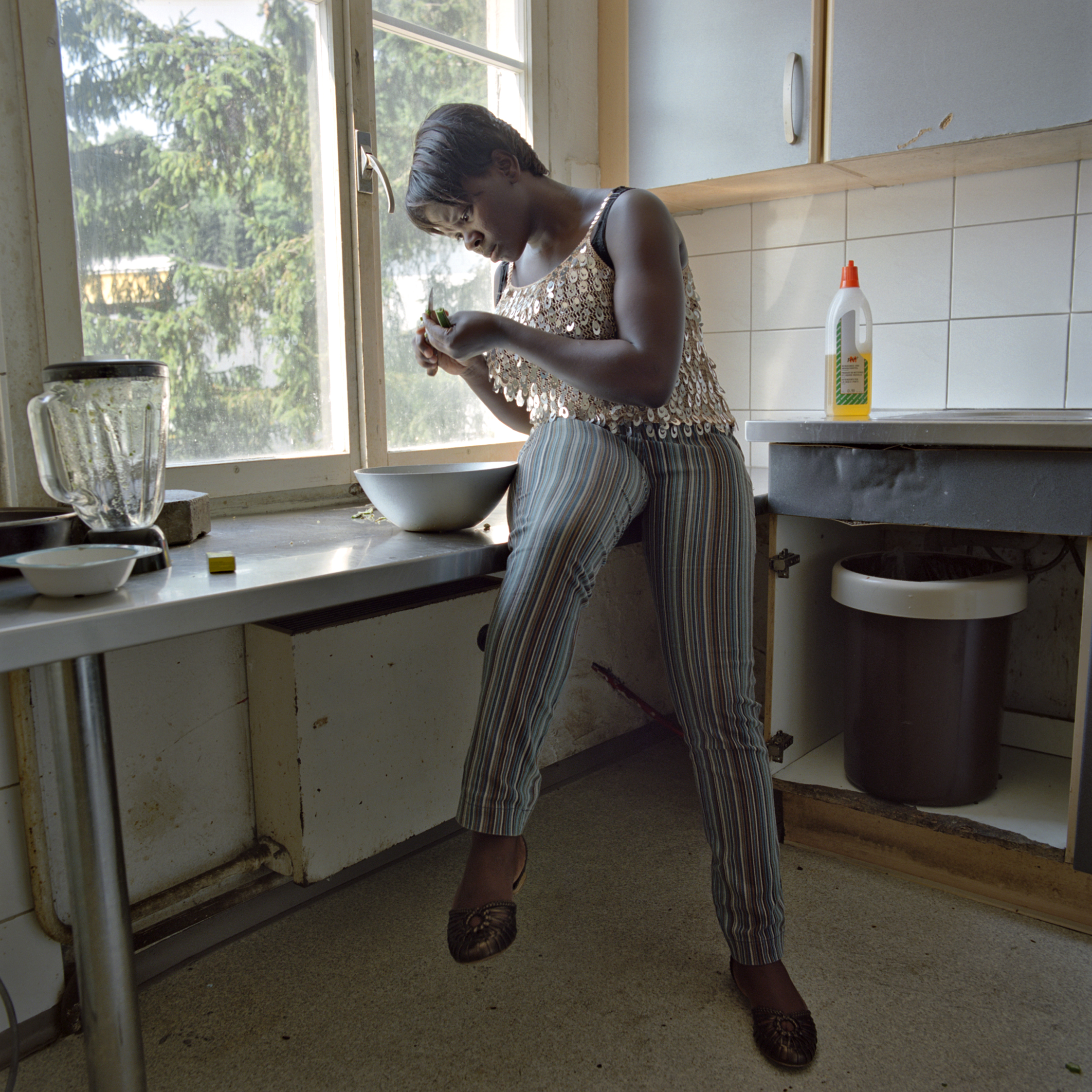
You can find an overview of ongoing debates with our journalists here . Please join us!
If you want to start a conversation about a topic raised in this article or want to report factual errors, email us at english@swissinfo.ch.